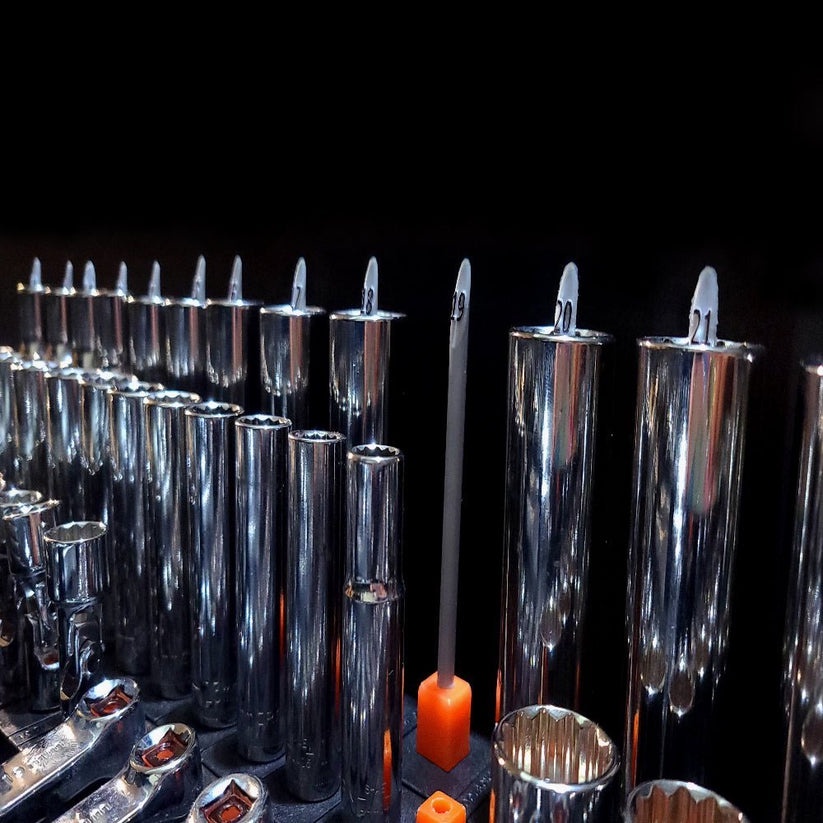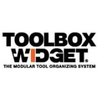
Introduction:
In the realm of automotive mechanics, the precision of your tools is as critical as the skills you bring to the garage. One of the fundamental elements that can make or break a repair job is the selection of the right metric socket sizes. In this comprehensive guide tailored for automotive enthusiasts and mechanics alike, we'll explore the nuances of choosing the optimal metric socket sizes for your toolbox. As vehicles become more complex, with intricate systems and various components, having the appropriate metric socket sizes is not just a convenience but a necessity.
The Foundation of Automotive Work:
Your toolbox is the epicenter of your mechanical prowess, and at its core lies the metric socket set – a collection of tools designed to tackle the intricacies of automotive systems. From the fine-tuned components of an engine to the robust elements of the chassis, each demands a specific metric socket size for optimal results. Whether you're a seasoned mechanic or a DIY enthusiast, understanding the importance of having the right metric socket sizes is the first step toward efficient and accurate automotive work.
Common Metric Socket Sizes in Automotive Applications:
To embark on the journey of selecting the right metric socket sizes, it's crucial to familiarize yourself with the common sizes frequently encountered in automotive tasks:
- 12mm: Ideal for accessing small interior components and various engine parts.
- 14mm: A versatile size applicable in a range of tasks, including bodywork and smaller fasteners.
- 17mm: Commonly employed in brake systems and some suspension components.
- 19mm: Reserved for lug nuts and larger fasteners found in various automotive systems.
- 27mm: Essential for many engine components and larger nuts and bolts commonly encountered in automotive repair.
Understanding the roles of these common sizes is foundational for effective automotive maintenance, enabling you to select the right tool for the specific task at hand.
Assessing Your Needs:
Mechanics face a diverse array of vehicles and systems, each with its unique requirements. Consequently, your toolbox should be tailored to meet the demands of your specific work. Please take a look at the types of vehicles you most frequently work on, as well as the manufacturers' tendencies regarding socket sizes. For instance, European cars may employ different metric sizes compared to their American or Asian counterparts. By understanding your work environment and the vehicles you commonly encounter, you can streamline your metric socket selection process.
Quality Matters:
When it comes to tools, quality should be a non-negotiable criterion. Investing in high-quality metric sockets pays dividends in terms of durability, precision, and longevity. Opt for well-known brands that specialize in automotive tools, as they are more likely to produce sockets that can withstand the rigors of daily use. The last thing any mechanic needs is a tool that fails amid a critical repair. A quality set of metric sockets ensures that your tools will perform reliably and consistently, project after project.
Organizing Your Toolbox:
Selecting the right metric socket sizes is only half the battle; organization is the other crucial aspect. An organized toolbox not only saves time during a project but also ensures that no socket is misplaced, reducing the chances of errors and frustration. Invest in labeled trays or a socket organizer to keep your sockets easily accessible and identifiable. Categorize them based on size or application, creating a systematic layout that reflects the logical flow of your work. A well-organized toolbox is a testament to a mechanic's professionalism and attention to detail.
Conclusion:
Choosing the right metric socket sizes for your toolbox is not just about having the right tools; it's about having the right mindset. As automotive systems continue to evolve, the demand for precision and efficiency in repair and maintenance becomes increasingly pronounced. Your toolbox is not just a collection of tools but a reflection of your expertise and dedication to your craft. By understanding the specific needs of your work, becoming familiar with common metric socket sizes, investing in quality tools, and maintaining an organized workspace, you elevate yourself as a mechanic. A well-curated set of metric sockets is not just a means to an end; it's the secret weapon that distinguishes a good mechanic from a great one. So, the next time you reach for your toolbox, please make sure that your choice of metric socket sizes aligns with the level of excellence you bring to every automotive project.


No comments yet